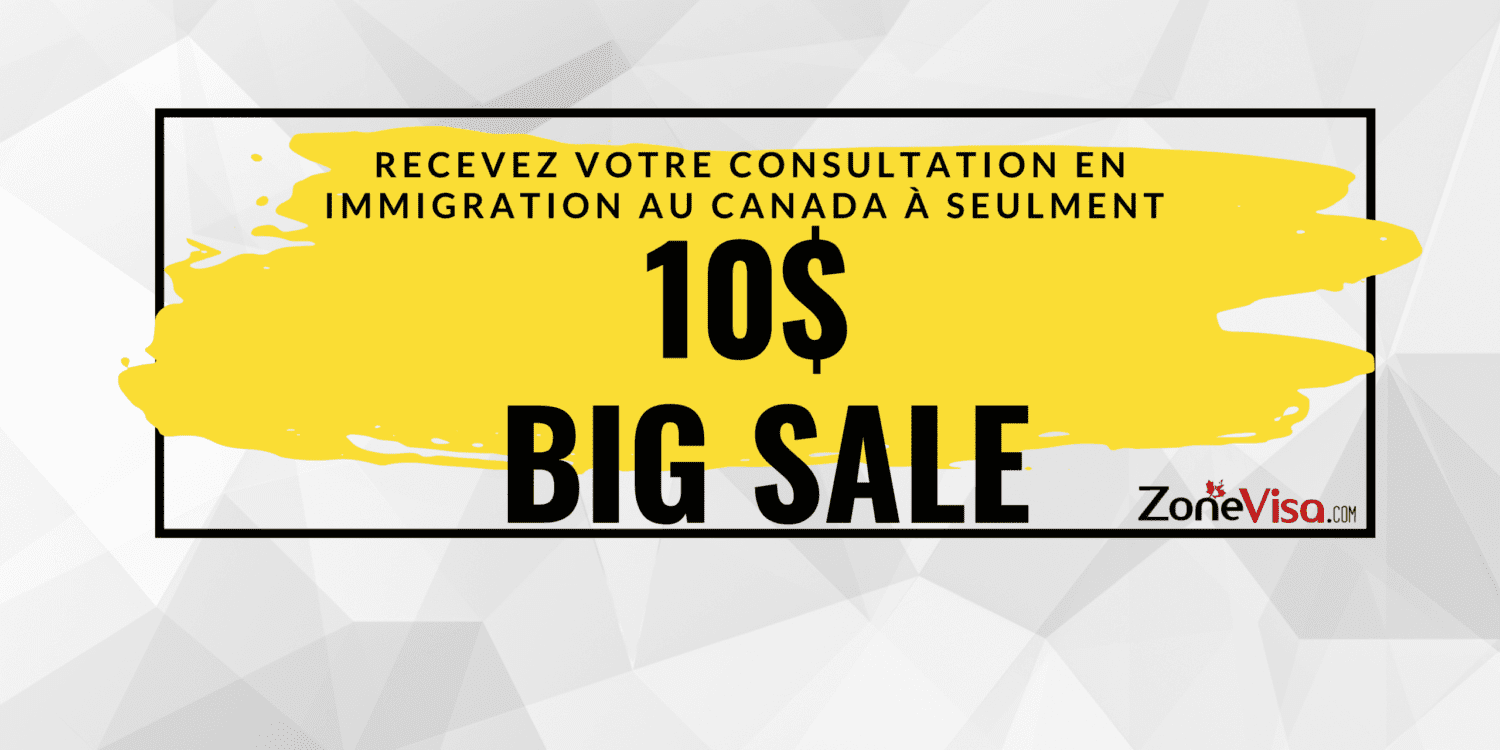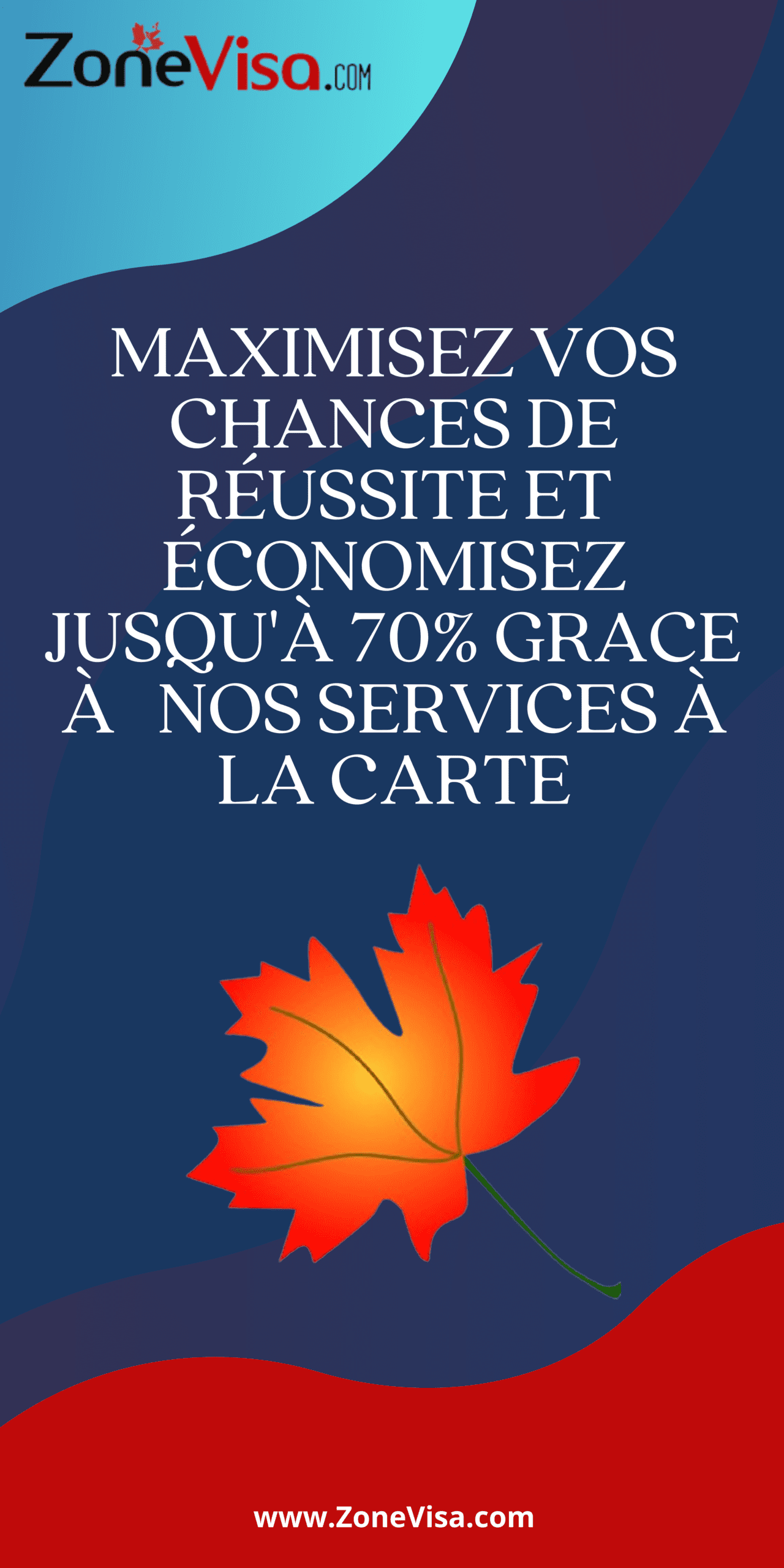[ad_1]
Introduction:
Canada has a long-standing reputation as a welcoming country with a robust immigration system. Whether you are looking to study, work, or settle in the country, understanding Canada’s immigration policies and procedures is crucial. In this article, we will explore various topics related to Canada immigration, providing valuable insights and up-to-date information to help you navigate through the process successfully.
Visa Types and Eligibility:
Canada offers a range of visa types to cater to different purposes and individuals. From study permits to work permits, each visa has specific eligibility criteria that applicants must meet. For instance, the International Experience Canada (IEC) program allows young individuals from certain countries to work and travel in Canada temporarily. The Federal Skilled Worker Program (FSWP) is aimed at skilled professionals who wish to immigrate permanently to Canada. By highlighting these visa types and their requirements, we aim to provide a comprehensive understanding of the options available to prospective immigrants.
Application Processes:
Understanding the application processes for different visa types is crucial for a successful immigration journey. Each application process has its own set of requirements and procedures. For example, the Express Entry system is a points-based system that processes applications for economic immigration programs. Step-by-step guidance on document preparation, application submission, and processing times will help applicants navigate the complexities of Canada’s immigration system with ease.
Provincial Nominee Programs (PNPs):
Canada’s Provincial Nominee Programs (PNPs) allow provinces and territories to nominate individuals who meet specific criteria and are willing to settle in their region. These programs are designed to address unique labor market needs and attract immigrants with skills that align with local economic priorities. Exploring the PNPs and their eligibility requirements will help individuals identify those provinces or territories that are most likely to offer them nomination opportunities for permanent residency.
Biometrics and Canada’s Immigration System:
Canada has implemented a biometric system as part of its immigration process. Biometrics, such as fingerprints and photographs, are collected from visa applicants to establish their identity and ensure the integrity of the immigration system. This revolutionary system helps reduce identity fraud and strengthens the security of Canadian borders. Understanding the importance of biometrics and the procedures involved will be beneficial for individuals going through the immigration process.
Work and Study Permits:
Canada offers various work and study permit options to international students and temporary workers. Studying in Canada can be a stepping stone to permanent residency, and work permits allow individuals to gain valuable work experience while in the country. Exploring the requirements, restrictions, and benefits of work and study permits will provide aspiring students and professionals with a better understanding of their options for building their careers in Canada.
Permanent Residency and Citizenship:
Obtaining permanent residency in Canada is a significant milestone for many immigrants. Permanent residents enjoy various benefits such as access to healthcare, education, and social services. Understanding the pathways to permanent residency, such as Express Entry and family sponsorship programs, will help individuals plan their long-term settlement in Canada. Moreover, gaining an insight into the citizenship process and the rights and responsibilities of Canadian citizens will be valuable for those seeking to become citizens of Canada.
Settlement Services:
After arriving in Canada, newcomers can access a range of settlement services that help them adapt, integrate, and thrive in their new communities. These services include language training, employment and career counseling, assistance with finding housing, and support for cultural integration. By exploring the settlement services available, immigrants can identify the resources and support they need to make a successful transition to life in Canada.
Conclusion:
Navigating Canada’s immigration system can be complex, but with the right knowledge and guidance, individuals can unlock limitless opportunities. By understanding visa types, eligibility criteria, application processes, and settlement services, aspiring immigrants can make informed decisions and successfully embark on their journey to Canada. Remember to stay up to date with the latest immigration policies and regulations to ensure a smooth and seamless immigration experience.
[ad_2]


